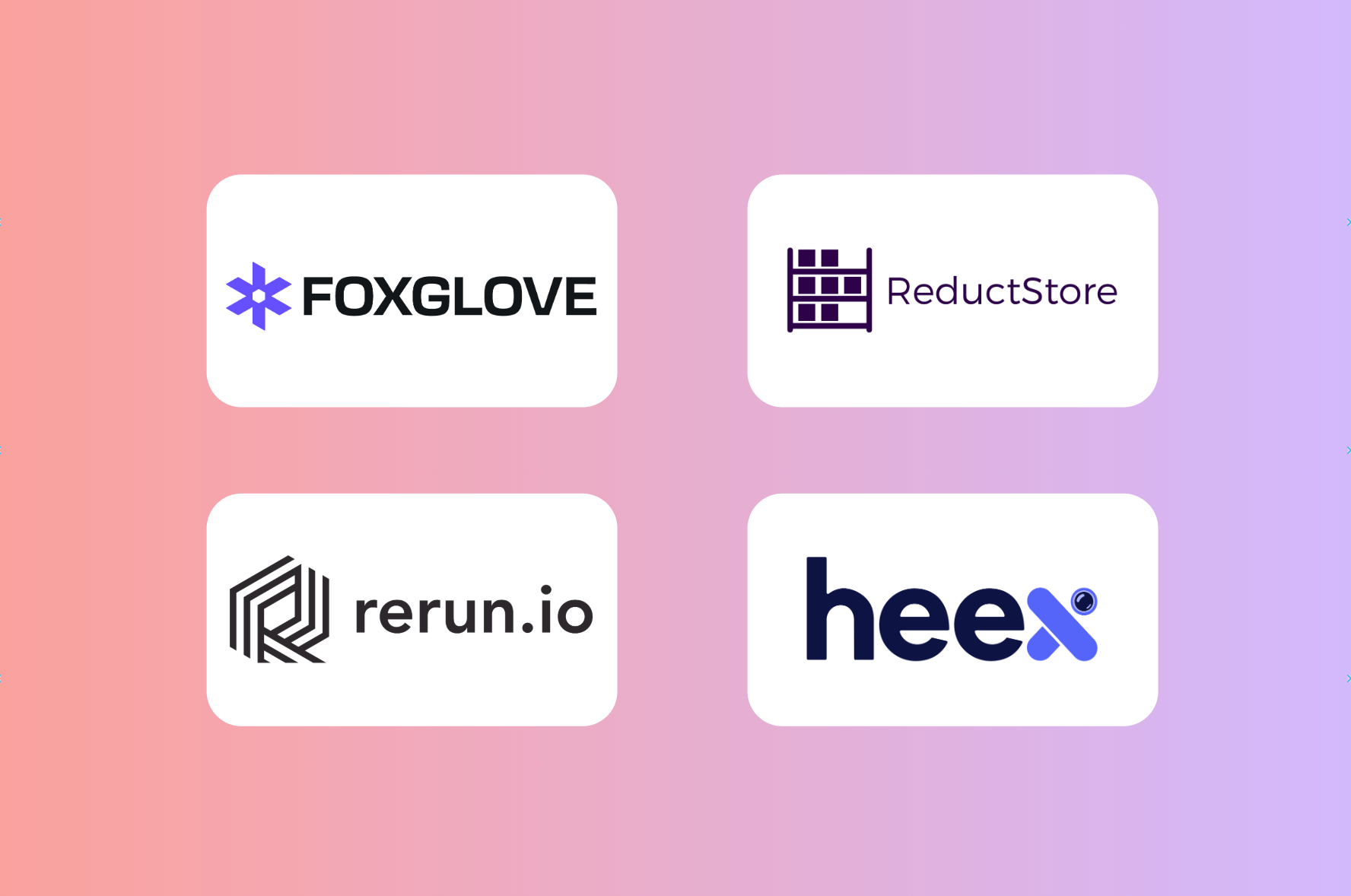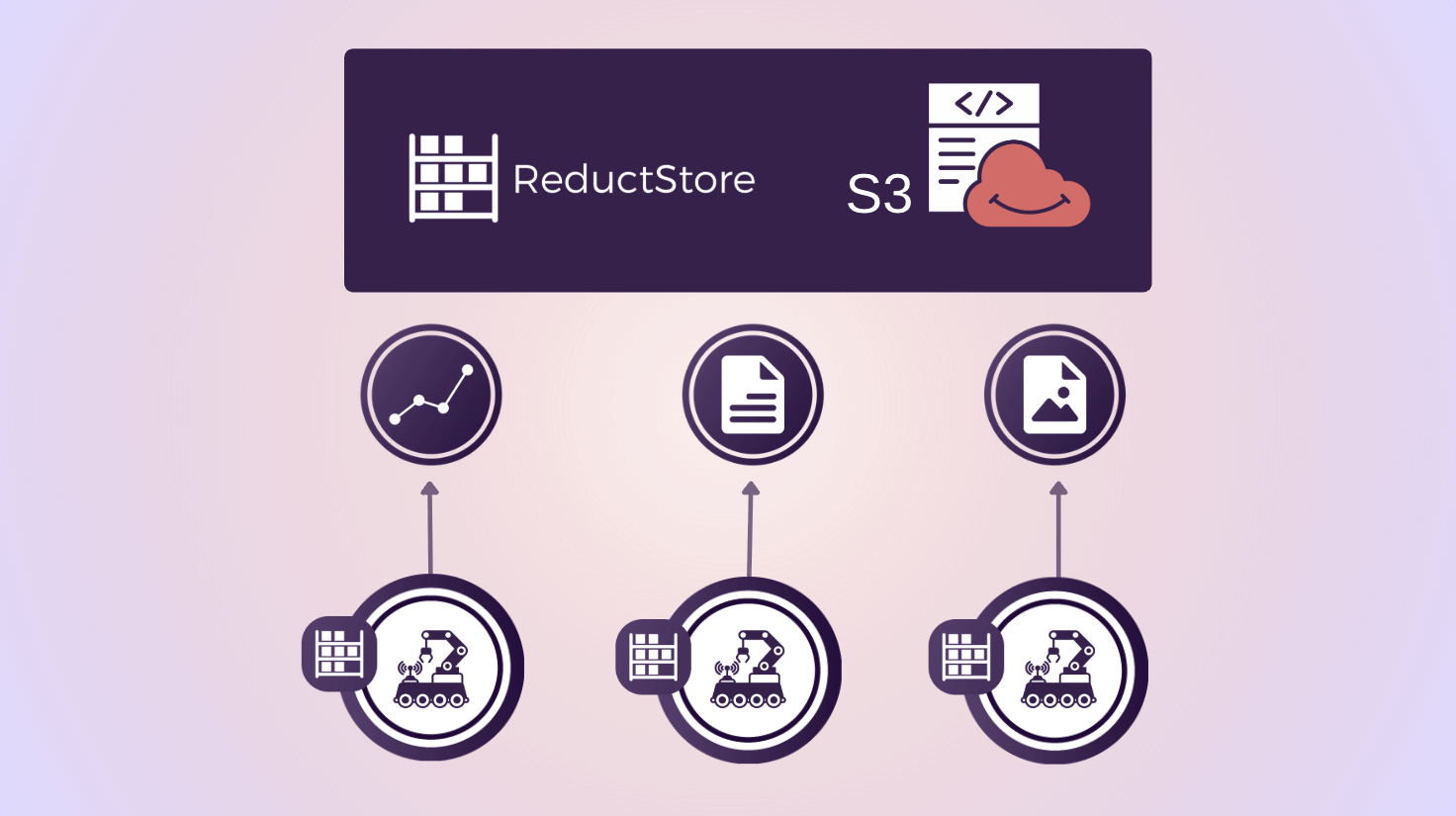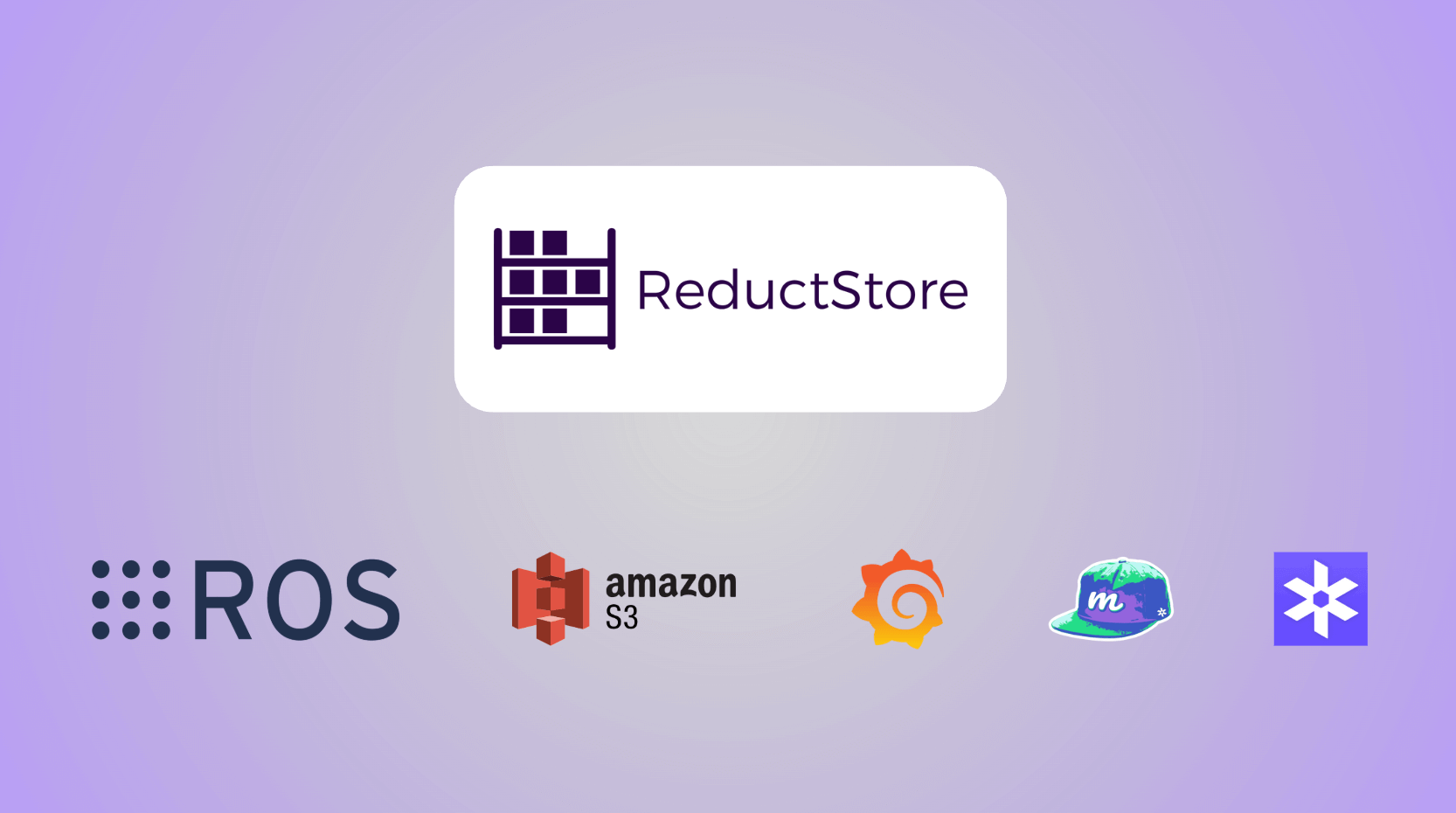Comparing Data Management Tools for Robotics

Modern robots collect a lot of data from sensors, cameras, logs, and system outputs. Managing this data well is important for debugging, performance tracking, and training machine learning models.
Over the past few years, we've been building a storage system from scratch. As part of that work, we spoke with many robotics teams across different industries to understand their challenges with data management.
Here's what we heard often:
- Only a subset of what robots generate is actually useful
- Network connections are not always stable or fast
- On-device storage is limited (hard drive swaps is not practical)
- Teams rely on manual workflows with scripts and raw files
- It's hard to find and extract the right data later
- ROS bag files get large quickly and are difficult to manage
In this article, we compare four tools built to handle robotics data: ReductStore, Foxglove, Rerun, and Heex. We look at how they work, what they're good at, and which use cases they support.
If you're working with robots and need to organize, stream, or store data more effectively, this overview should help.



